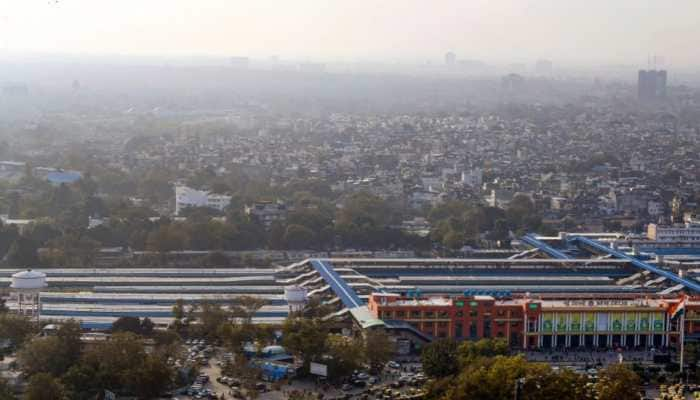Facial recognition tech helps detect rare genetic disease
Scientists have successfully used a facial recognition software to diagnose a rare, genetic disease that causes multiple defects like cleft palate and learning problems.
Trending Photos
) Image for representational purpose only
Image for representational purpose only Washington: Scientists have successfully used a facial recognition software to diagnose a rare, genetic disease that causes multiple defects like cleft palate and learning problems.
This software will pave the way for physicians to diagnose the disease by snapping a photo.
The disease, 22q11.2 deletion syndrome, also known as DiGeorge syndrome and velocardiofacial syndrome, affects about one in 6,000 children.
Since the disease results in multiple defects throughout the body, including cleft palate, heart defects, a characteristic facial appearance and learning problems, healthcare providers often can not pinpoint the disease, especially in diverse populations.
The goal of the study is to help healthcare providers better recognise and diagnose DiGeorge syndrome, deliver critical, early interventions and provide better medical care.
Paul Kruszka, a medical geneticist at the US National Human Genome Research Institute (NHGRI), "Human malformation syndromes appear different in different parts of the world".
Kruszka said, "Even experienced clinicians have difficulty diagnosing genetic syndromes in non-European populations".
The researchers studied the clinical information of 106 participants and photographs of 101 participants with the disease from 11 countries in Africa, Asia and Latin America.
The appearance of someone with the disease varied widely across the groups.
Using facial analysis technology, the researchers compared a group of 156 Caucasians, Africans, Asians and Latin Americans with the disease to people without the disease.
Based on 126 individual facial features, researchers made correct diagnoses for all ethnic groups 96.6 per cent of the time.
Researchers hope to further develop the technology - similar to that used in airports and on Facebook - so that healthcare providers can one day take a cell phone picture of their patient, have it analysed and receive a diagnosis.
The technology was also very accurate in diagnosing Down syndrome, researchers said.
DiGeorge syndrome and Down syndrome are now part of the Atlas of Human Malformations in Diverse Populations launched by NHGRI and its collaborators in September 2016.
When completed, the atlas will consist of photos of physical traits of people with many different inherited diseases around the world, including Asia, Middle East, South America and sub-Saharan Africa.
The atlas will include written descriptions of affected people and will be searchable by a person's traits, syndrome, continental region of residence and genomic and molecular diagnosis.
Previously, the only available diagnostic atlas featured photos of patients with northern European ancestry, which often does not represent the characteristics of these diseases in patients from other parts of the world.
The study was published in the American Journal of Medical Genetics.
(With PTI inputs)
Stay informed on all the latest news, real-time breaking news updates, and follow all the important headlines in india news and world News on Zee News.
Live Tv







)
)
)
)
)
)
)
)
)
)
